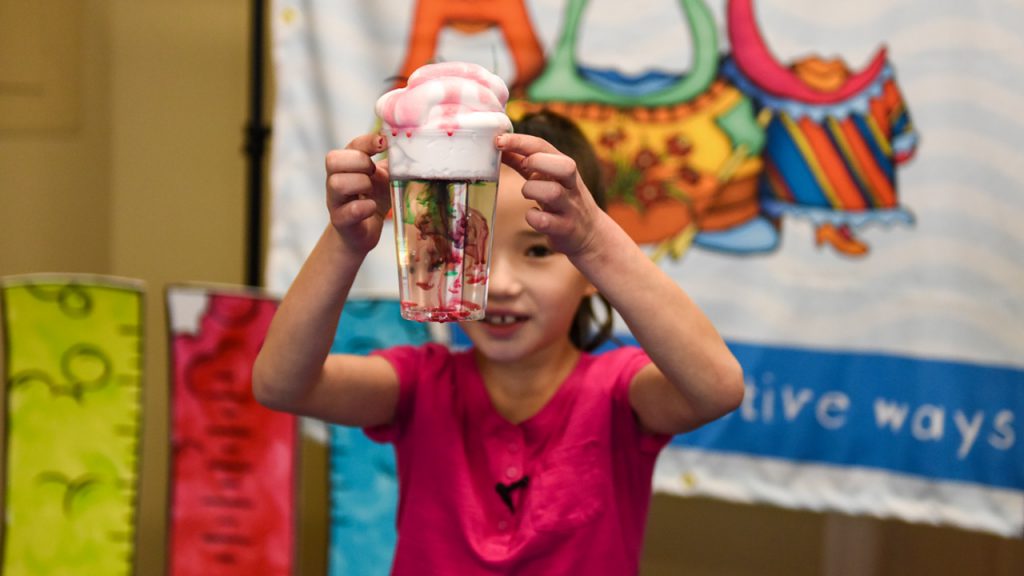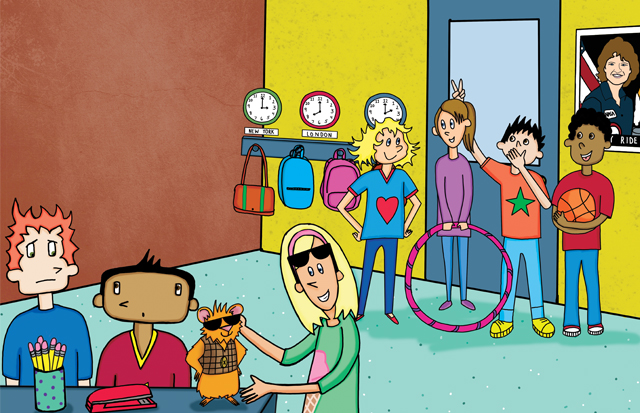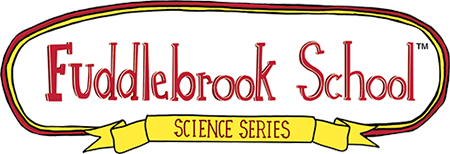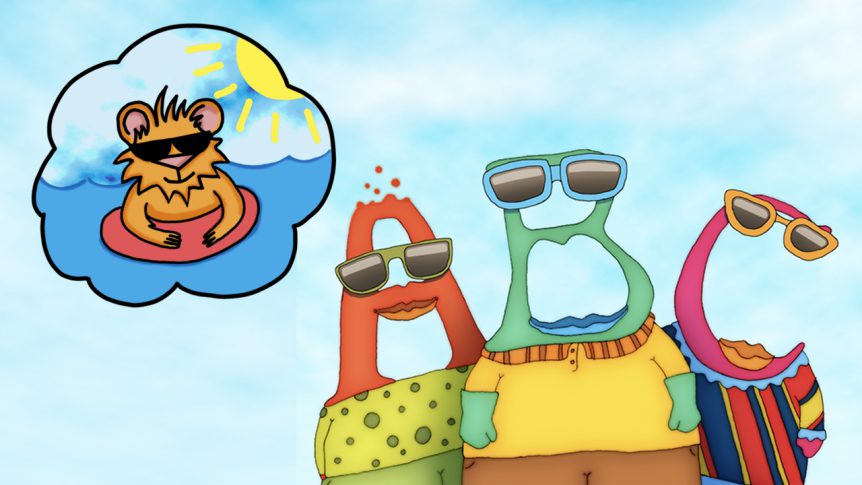Summer is filled with many hot sunny days and lots of fun but at some point, you hope for something to cool you down. What better way than with a good old-fashioned rain shower?
Storms can occur at any time of the year but they are more likely to occur during the spring and summer seasons. Did you know that there are about 100,000 thunderstorms each year in the U.S. alone? About 10% of these reach severe levels!

Storms can be scary but they are a great way to teach children about weather. Join the Fuddlebrook gang as they learn about storms and how they occur in A Spring Thunderstorm. Use Herman Tweed’s Rain Shower to create colorful raindrops and demonstrate how clouds can produce rain.
After every storm the Sun returns, and if you are lucky you’ll get a rainbow! While sunny days are always fun and beautiful, they have dangers you can’t see. The ultraviolet rays from the sun can damage your skin as well as your eyes. Did you know that only 30-44 percent of kids wear sunglasses and that kids are outside more than adults?
While putting on sunscreen is important it is also important to wear your sunglasses. Allow Mrs. Wigglebum to explain to students why wearing your sunglasses is important in The “Eyes” Have It.

But that’s not all. The month of July is filled with many loud sounds, from children playing at the park to loud booming fireworks to the thunder in storms. Did you know that dogs can hear much higher sounds than humans, and bats and dolphins can hear sounds much lower than humans?
What makes sounds? What changes sound? What makes us hear a sound? Get answers to these questions and ignite curiosity about sound in your students by reading the Quirkles ® Susie Sound. In this book, Susie explains to students how the sounds kids hear can travel to their ears and produce sound. Use Susie Sound’s Musical Glasses to help students learn how vibrating air columns affects the pitch of the sound.
Have fun this month, as summer kicks into high gear. And, don’t forget to use the many teachable moments and fun activities of July to reinforce the science that is all around us.

